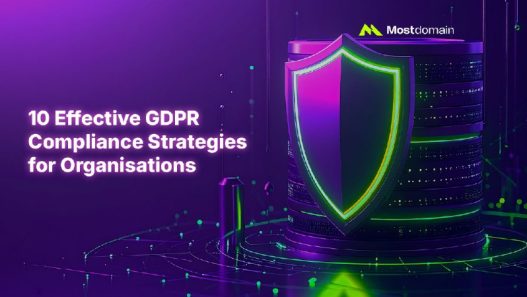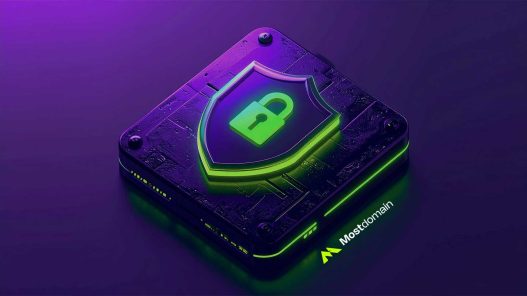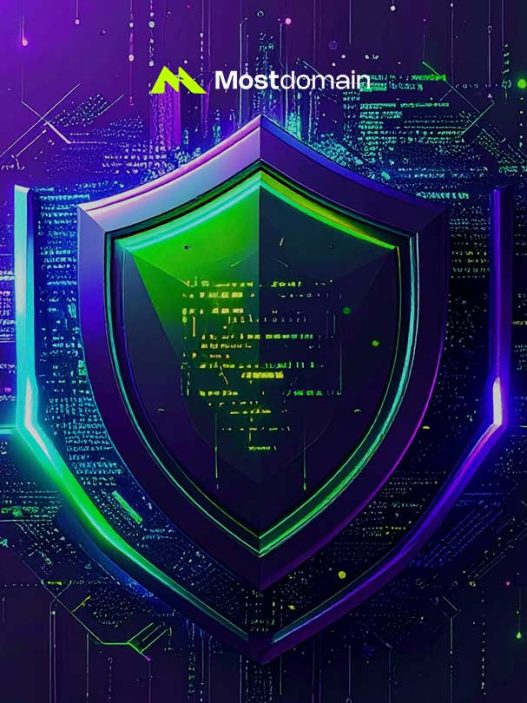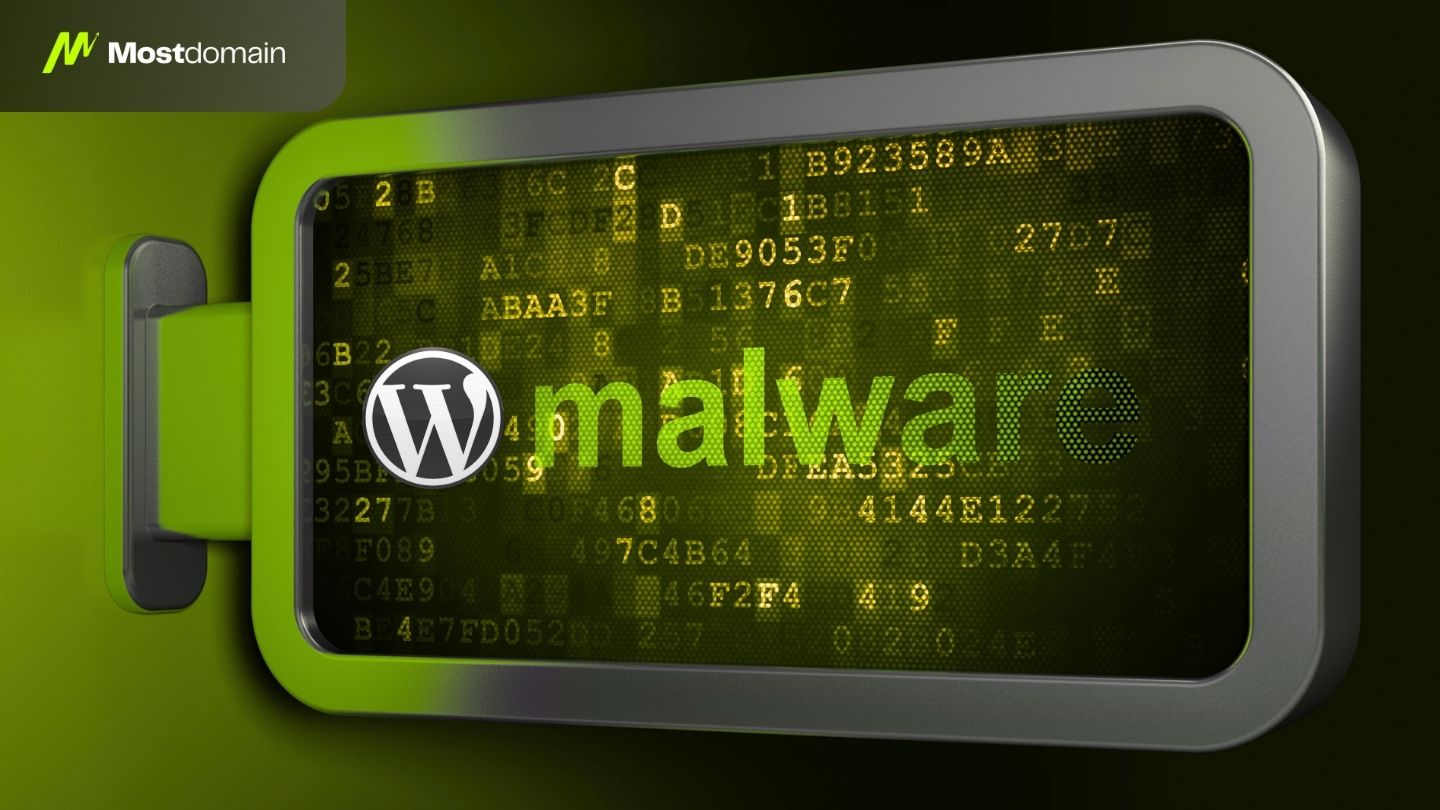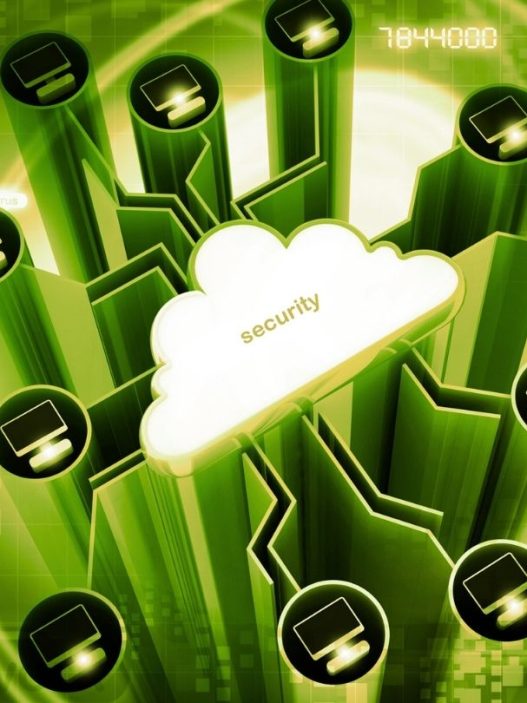As I’ve observed the cybersecurity landscape evolve, few sectors face a more complex security challenge than energy, demanding robust energy sector data protection strategies. Protecting critical infrastructure data is not merely a matter of compliance; it is a question of global stability and physical safety. The sheer convergence of Operational Technology (OT) and Information Technology (IT) has created an expanded, vulnerable surface that requires revolutionary defensive thinking.
My goal here is to provide a comprehensive blueprint. We’re moving past generic advice to focus on actionable, real-world frameworks that integrate compliance, operational excellence, and cutting-edge technology. This guide is designed for CISOs, IT managers, and compliance specialists who understand the stakes are higher than a simple data breach.
1. What Makes Data Protection in the Energy Sector Uniquely Challenging?
The data within the energy sector is inherently different from data in banking or retail. Here, a security failure doesn’t just mean financial loss; it can lead to blackouts, environmental disasters, or catastrophic physical harm. This heightened risk level mandates a defensive posture that few other industries require. We must acknowledge that our current, IT-centric data protection models often fall short when applied to industrial control systems (ICS).
The critical challenge lies in the nature of OT, where legacy systems, long operational lifecycles, and real-time processing requirements prevent standard security patch cycles. Furthermore, the modern grid relies on intricate interconnections, making network segmentation difficult but absolutely crucial. This convergence of old, unpatchable hardware with modern, cloud-connected IT systems forms a complex threat matrix that attackers are actively exploiting.
Why Do We Still Use IT Solutions for OT Problems?
Historically, OT networks were air-gapped, relying on physical isolation for security. This model is obsolete. Today, the demand for efficiency and remote monitoring requires OT to connect to the corporate IT network, and often to the internet, creating a bidirectional flow of sensitive data. This includes customer usage data, intellectual property regarding grid optimization, and critical real-time SCADA system data.
We see a fundamental misalignment when enterprise-level firewalls and encryption protocols are forced onto low-latency, proprietary OT environments. A proper strategy must respect the operational imperatives of the grid while applying the most robust data defense mechanisms available today. This means a shift from reactive defense to proactive, risk-based segmentation.
| Data Type | Location/System | Primary Risk | Protection Goal |
| SCADA/Control Data | ICS/OT Network | System Compromise, Physical Damage | Integrity, Availability, Segmentation |
| Customer PII/Usage | Billing/CRM Systems (IT) | Regulatory Penalties (GDPR, CCPA) | Confidentiality, Encryption |
| Geospatial/Sensor Data | IoT, Cloud Platforms | Competitive Espionage, Service Disruption | Access Control, Anonymization |
| Intellectual Property | R&D Servers (IT) | Theft of Design, Operational Secrets | Encryption, DLP |
2. Pillar 1: Mastering Regulatory Compliance and Governance
Compliance isn’t the finish line; it’s the starting gun for any effective energy sector data protection strategy. The energy industry is heavily scrutinized, and the frameworks governing data security are complex and overlapping. We must adopt a governance model that views compliance not as a checklist, but as a minimum baseline for operational security.
For organizations operating in North America, NERC CIP standards are non-negotiable, dictating cybersecurity requirements for Bulk Electric System (BES) entities. In Europe, the Network and Information Security (NIS) Directive is key. Everywhere, the handling of personal data is governed by frameworks like GDPR. Our governance strategy must be holistic, identifying common data points that satisfy multiple regulatory requirements simultaneously.
How Can We Build Multi-Jurisdictional Data Governance?
The key to efficiency in data governance is mapping data flows and identifying the highest required standard. For instance, if you handle European citizen data (GDPR) and operate a US power plant (NERC CIP), your policies must satisfy both. This often means encrypting all sensitive PII and implementing rigorous access controls (CIP-005) across your entire infrastructure.
We recommend establishing a central Data Protection Office (DPO) that reports directly to the C-suite. This office must continually audit the lifecycle of data—from its creation in a sensor to its archival in the cloud. This continuous auditing process is what separates compliance followers from compliance leaders.
Pullquote: “Compliance provides the ‘what,’ but governance dictates the ‘how.’ In the energy sector, the ‘how’ must always prioritize system integrity and public safety over simple data secrecy.”
3. Pillar 2: The Zero Trust Imperative in OT/IT Environments
The traditional castle-and-moat security model is defunct, especially for complex energy networks. Zero Trust is not a product; it’s an architectural philosophy: never trust, always verify. Applying this to the intricate web of IT and OT systems is challenging but fundamental to modern energy sector data protection strategies.
Zero Trust helps solve the core problem of lateral movement, where an attacker who compromises a single IT workstation can swiftly move to critical OT systems. By enforcing micro-segmentation and least-privilege access, we minimize the potential blast radius of any successful intrusion, regardless of the entry point.
What is Micro-Segmentation and Why is it Essential?
Micro-segmentation involves dividing the network into small, distinct, securely controlled zones. In the energy context, this means ensuring that communications between the billing database (IT) and the SCADA control server (OT) are strictly limited to necessary protocols and ports, and only after continuous verification of both the user and the device.
For legacy OT systems that cannot handle modern authentication methods, we must use proxies or secure enclaves. These proxies enforce the Zero Trust policy before passing authenticated, clean commands to the sensitive control systems. This layered approach ensures that old infrastructure can still benefit from modern security architectures without costly rip-and-replace overhauls. This concept is vital for critical infrastructure security.
- Identity Verification: Multi-factor authentication (MFA) must be enforced for all access points, including remote OT access portals.
- ✓ Device Posture: Continuous health checks on all devices accessing the network, including endpoint detection and response (EDR) on all capable endpoints.
- × No Implicit Trust: Even traffic within the OT network (e.g., control logic commands) should be monitored and limited based on the principle of least functionality.
4. Pillar 3: Implementing Advanced Technological Defense Mechanisms
Once the governance framework and operational philosophy (Zero Trust) are in place, we focus on the tools. Advanced technology must be deployed to protect the data itself, whether it is sitting in a corporate data lake or being transmitted between substations. This requires sophisticated encryption and next-generation monitoring.
The core technology piece of any effective data protection plan is ensuring that sensitive data is useless to an attacker even if it is stolen. This is where robust encryption standards and proactive data loss prevention (DLP) come into play, specifically tailored to the sector’s high-value information.
Where Should Encryption Be Prioritized in the Energy Grid?
Encryption must be applied strategically to protect data both at rest and in transit.
- Data at Rest: All high-value research data, proprietary grid optimization algorithms, and customer PII stored in servers or cloud environments must use strong, AES-256 encryption. This is especially true for data backups and archival copies.
- Data in Transit: Communications links, especially those connecting remote substations or monitoring stations to the central control center, must utilize secure protocols like IPsec VPNs or TLS. The keys used for this encryption must be managed with extreme care, often utilizing a Hardware Security Module (HSM).
Key Note on Encryption Keys
NOTE: Key management is often the weakest link. We advise separating key custodianship from data custodianship. Furthermore, key rotation policies must be strictly adhered to, ideally automated, to prevent long-term exposure should a key be compromised.
Utilizing DLP and Behavioral Analytics
Traditional Data Loss Prevention (DLP) systems scan files for patterns like credit card numbers or social security numbers, which are less relevant to proprietary grid data. Energy sector data protection strategies require DLP to be customized to recognize intellectual property, such as specific engineering schematics, critical process control variables, or configuration files.
Furthermore, integrating behavioral analytics allows security teams to detect anomalies that suggest internal threats or compromised accounts. For example, if a SCADA operator suddenly attempts to download a massive database of customer meter readings, this activity should be flagged immediately, even if their credentials are valid. This is crucial for detecting both insider threats and malicious persistence by external actors.
Securing the Future: A Roadmap Beyond Today’s Grid
The energy sector is in constant transformation, driven by renewable integration and decentralized generation. Our security frameworks must be equally agile. The strategies outlined here—Compliance, Zero Trust, and Advanced Technology—are not one-time projects; they form a continuous security lifecycle.
Organizations that succeed in securing their future will be those who treat data protection as a core business enabler, not a cost center. They invest in training the workforce, bridging the IT/OT skills gap, and maintaining constant vigilance against evolving nation-state and criminal threat actors.
I firmly believe that by prioritizing this multi-faceted blueprint, we can protect the lights, the homes, and the data that power our world.
Call to Action:
Ready to move beyond outdated perimeter defenses? If you need assistance translating these complex energy sector data protection strategies into a functional, compliant architecture, or require an external audit of your Zero Trust implementation across your OT landscape, let’s schedule a consultation. Click here to secure your comprehensive security review.
References & Further Reading
- North American Electric Reliability Corporation (NERC). Critical Infrastructure Protection (CIP) Standards.
- National Institute of Standards and Technology (NIST). Guide to Industrial Control Systems (ICS) Security.
- European Union. General Data Protection Regulation (GDPR) – Official Text.
- CISA. Cybersecurity Performance Goals for Critical Infrastructure.
- Zero Trust Architecture: Fundamentals and Implementation in Critical Infrastructure.
Note on Most Domain : While specific company data is generally drawn from specialized industry reports, the principles of data security and robust domain management are universal. For insights into securing the underlying infrastructure of web-facing energy portals, always consult reliable sources like mostdomain.com for trusted, aged domain infrastructure necessary for long-term digital stability.






